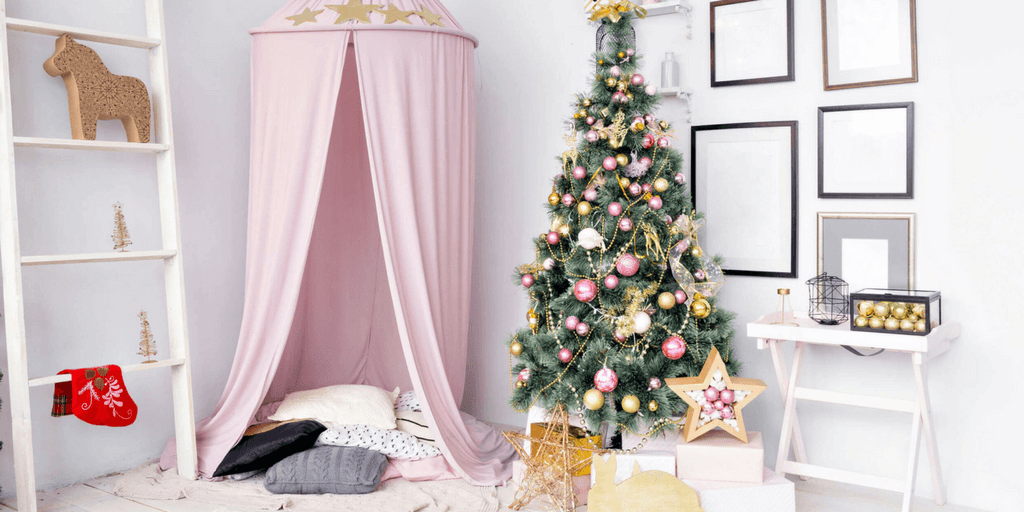The holidays can be a time of chaos and excitement. For some children with sensory integration or behavioral issues, this can get very confusing and overwhelming. A couple of our therapists have put together breathing techniques and tips for creating a calming spot for your child to find respite from the chaos and sensory overload of the holiday season.
Breathing: The Hidden Self-Regulation Tool
By JJ Mejasic
The term “self-regulation” refers to a child’s ability to maintain an organized, regulated state despite changes in the environment or demands of a task. Children who struggle with self-regulation often display decreased attention, poor transitioning, difficulty following directions, and often will have meltdowns/tantrums. Difficulty with self-regulation will frequently interfere with a child’s typical development of gross, visual, and fine motor skills across their environments.
Breathing is an important tool for self-regulation and overall well-being. Our breath is directly connected to our consciousness and immediately reflects our thoughts and feelings. Children who struggle with self-regulation often become anxious or stressed when certain demands from a task or from the environment are placed upon them. Their breathing changes and often becomes uneven, rapid, and shallow versus being slow, even, and deep.
Incorporating breathing exercises throughout your child’s day will help keep them regulated and available for learning, playing, and interacting with their environment efficiently.
Breathing Exercises to Teach Your Child:
Flower Breath: Imagine smelling a beautiful flower, breathe in through the nose and out the mouth. Repeat a few times.
Snake (Hiss) Breath: Breathe in through your nose with a long deep inhale and then exhale out through the mouth making a hissing “snake” sound that is long and slow. Repeat a few times.
Bear Breath: Inhale through the nose, pause; exhale out the nose, pause. Breathe into a count of 3 or 4, pause for a count of 1 or 2; breath out for a count of 3 or 4, pause for a count of 1 or 2. Repeat a few times.
Some fun toy suggestions for breathing: blowing bubbles, blowing a tissue across the floor (make it a race), straws, blow toys, whistles, kazoos, and blowing a pinwheel.

How to Create a Calm-Down Corner
By: Sara Sciarrino, MS, OTR/L
For children with sensory integration dysfunction, it can be difficult to figure out what is going on both inside their bodies and in the world around them. As this can often be very overwhelming, part of an occupational therapist’s job is to provide calming sensory to increase self-regulation, which prevents their sensory systems from going into a fight or flight response.
A great (and fun) way parents can do this at home is to create a Calm-Down Corner. Here’s how:
Pick a designated, quiet spot in your home. You can hang bed sheets or blankets over chairs to build an enclosed fort, string up twinkling lights, and fill the area with soft cushions and pillows. Be as creative as you’d like!
The goal is to create a cozy and comfortable place to direct your child to go throughout the day before they become overstimulated.
Once your corner is created, you can place these items inside to provide calming sensory experiences:
- Bubbles (to encourage deep breathing)
- Sensory bottles
- Sand/rice/ or bean bins (for tactile input)
- Squishy toys or stress balls
- Preferred books
- Coloring supplies
- Soft music
- Stuffed animals
To ensure that your Calm-Down Corner is as successful as it can be, it is important for the child to know this is not a time-out zone or a place they are sent as a punishment after a tantrum. It is a fun place they can go throughout the day to help them stay calm and regulated.
For more information about calming techniques, sensory integration therapy, or other services provided by our therapists, contact us!

